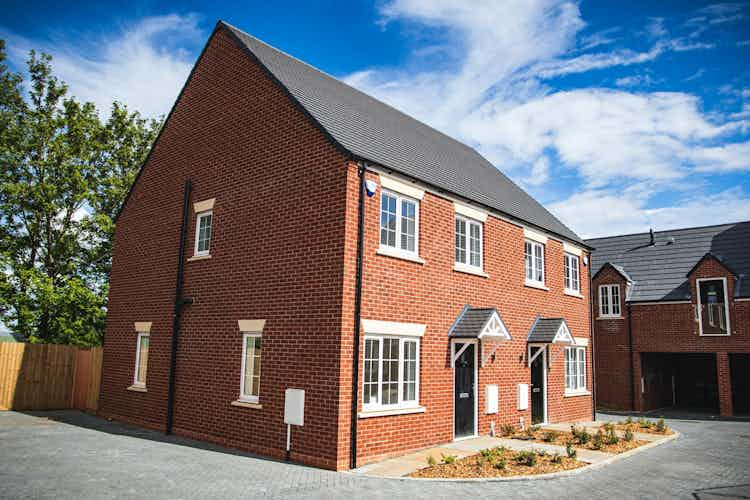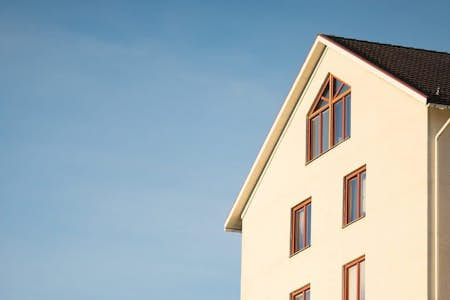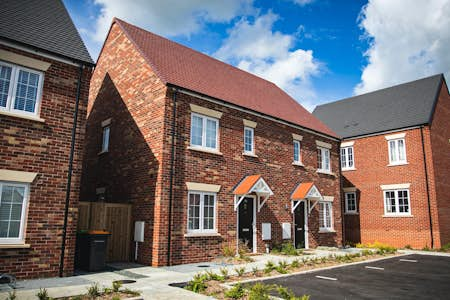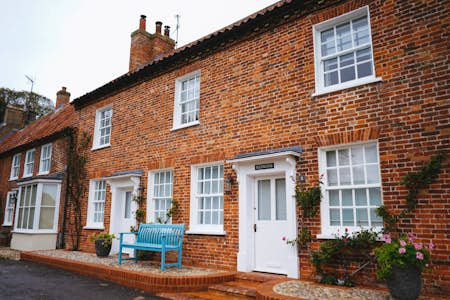Stamp duty land tax is unavoidable for most people looking to purchase a second home. But you may be able to get a stamp duty refund or even avoid paying it all together in certain circumstances.
What is stamp duty?
You may have to pay stamp duty land tax (SDLT) if you buy a piece of land or residential property in England or Northern Ireland. Different places have different names for stamp duty. For example, Wales and Scotland each have a similar type of tax for freehold and leasehold properties but called something different.
You will pay a standard rate of stamp duty on properties worth more than £250,000 unless you are a first-time buyer. First-time buyers do not pay stamp duty on the first £425,000 of properties worth up to £625,000.
In England, this is named SDLT. If you're buying a property in Scotland, you will pay Land and Buildings Transaction Tax (LBTT); in Wales, you pay Land Transaction Tax (LTT).
How much is stamp duty on a second home?
If the property price for your first home is under a certain amount, you might be able to avoid stamp duty. You may also be able to avoid this higher rate of stamp duty if there is a stamp duty holiday in place. There is also an extra surcharge if you are not in the UK for at least six out of the 12 months before you purchase your property; this is usually 2% in England and Northern Ireland.
The rate of stamp duty on your first property purchase will differ from the rate you pay for your second property, even for buy-to-let properties.
SDLT rates and property price thresholds can differ depending on factors like the location of your property. As of 2023, here are approximate rates for England, Northern Ireland, Scotland, and Wales for stamp duty land tax, land and buildings transaction tax, and land transaction tax.
For second homes in England or Northern Ireland, the rates of Stamp Duty Land Tax will be:
- 3% for properties worth up to £250,000
- 8% for properties worth between £250,001 and £925,000
- 13% for properties worth between £925,001 and £1.5million
- 15% for properties worth over £1.5million
For second homes in Scotland, the rates of Land and Buildings Transaction Tax will be:
- 4% for properties worth up to £145,000
- 6% for properties worth between £145,001 and £250,000
- 9% for properties worth between £250,001 and £325,000
- 14% for properties worth between £325,001 and £750,000
- 16% for properties worth over £750,000
For second homes in Wales, the rates of Land Transaction Tax will be:
- 4% for properties worth up to £180,000
- 7.5% for properties worth between £180,001 and £250,000
- 9% for properties worth between £250,001 and £400,000
- 11.5% for properties worth between £400,001 and £750,000
- 14% for properties worth between £750,001 and £1.5m
- 16% for properties worth over £1.5m
What counts as a second home?
If you already own a property or home, any second property will be considered a second home, regardless of if you make your first or second property your primary residence. Buying a holiday home, new home or any additional residential property under your name means you own a second property and will have to pay the extra stamp duty charge.
A few types of properties are not charged the additional stamp duty land tax, such as mobile homes, caravans, and houseboats.
If you’re purchasing a property with a partner and they own another property, but you don't, you will still, unfortunately, be subject to the additional stamp duty charge. The only way to avoid this would be for the person with no other properties to purchase the new property in their name only.
This could cause further complications with mortgage affordability, interest rates, and only one partner benefitting from future property price increases. This tactic also only works if you are not married or in a civil partnership with each other.
Can I avoid stamp duty on my second home?
Stamp duty on second homes can be an expensive addition to a property purchase. Still, there are a few exceptions where you can avoid this stamp duty surcharge.
- Buying property worth under £40,000. Depending on the type of property you are looking for and the location, you may be able to find a second home under this threshold and avoid the extra stamp duty tax.
- Buying a mobile home, caravan, or houseboat. Stamp duty is not charged on such properties, regardless of the price.
A few different options are also available if you wish to purchase a property for somebody else. For example, you may avoid the additional stamp duty land tax on this type of purchase. You can put the deed and the mortgage in someone else's name, so your name is not attached to the property, therefore avoiding the stamp duty surcharge.
You can do this in a few different ways.
Apply for a family offset mortgage
This type of mortgage allows you to place a portion of your savings into a bank account; the lender can then use this money as a deposit for someone else to purchase a house and apply for a mortgage. The lender will not use your savings as long as the person you have put forward this deposit for can meet their expected payments. This is simply a financial guarantee for the mortgage provider. Most banks offer family offset mortgages.
Provide the deposit money for them as a gift
You can also provide the deposit money for someone else as a gift. If this person passes all the requirements in their mortgage application, they can use the cash you gifted them for their deposit. This means you can help someone else purchase a property without having your name on the deed or the mortgage. If done this way, rather than buying a second property to give to the person, you can avoid the extra stamp duty charges.
Sign yourself up as a guarantor for their mortgage
A guarantor is a third-party person providing a financial guarantee on someone else's behalf. In this case, you can sign yourself up as a guarantor for someone else's mortgage to help them qualify for their mortgage. This means they can partially rely on your finances and financial history to get their own mortgage. However, if they fail to meet their mortgage payments, you will be taking on the responsibility of meeting the payments for them. This means you will not legally be the homeowner but could be responsible for any repayment.
How to get a stamp duty refund
If you plan to purchase a second property but intend to sell your first home and change your primary residence, you may be able to claim a refund on your additional 3% stamp duty payment. You will still have to pay the stamp duty if you will own two properties at once, even if you intend to sell one of the properties. Usually, you can claim this additional stamp duty charge back within three years.
Although there are some ways to avoid second home stamp duty, this is not ideal for everyone as you may wish to have the property in your name. Buying a mobile home, caravan, or houseboat may also not be a suitable option for the type of property you want as a second home. Stamp duty may seem inconvenient when you're looking to purchase an additional property. Still, if you factor this cost into your house search, you can plan your finances accordingly.
You can use a stamp duty calculator to understand how much stamp duty tax you can expect to pay on your property purchase. Alternatively, you can contact HMRC directly for any further advice. The Gov.UK website is also a great resource if you have questions. Finally, you can contact a mortgage broker or conveyancer for expert help if you need specialised advice.








